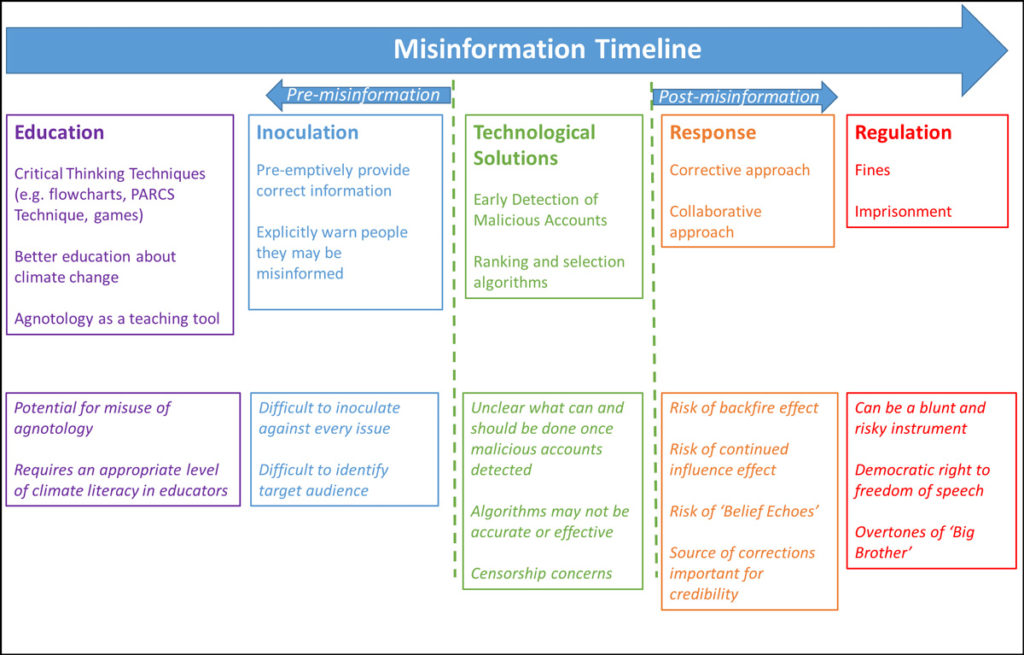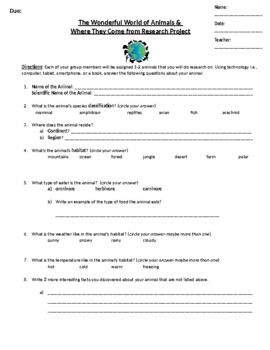How Misinformation Spreads: Insights And Solutions From CNN

Table of Contents
The Mechanisms of Misinformation Spread
Understanding how misinformation proliferates is the first step in combating it. Several key factors contribute to its rapid and widespread dissemination.
The Role of Social Media Algorithms
Social media algorithms are designed to maximize user engagement. This often means prioritizing sensational or emotionally charged content, regardless of its veracity. The result is a system that inadvertently amplifies misleading narratives.
- Viral Misinformation Campaigns: The rapid spread of false narratives about COVID-19 vaccines on platforms like Facebook and Twitter demonstrates the power of algorithms in disseminating misinformation. Similarly, TikTok has seen numerous viral challenges based on false premises.
- Echo Chambers and Filter Bubbles: These algorithms often create echo chambers, where users are primarily exposed to information confirming their pre-existing beliefs. This reinforces biases and makes individuals more susceptible to misinformation aligning with their viewpoints. Studies show that exposure to misinformation within these echo chambers can significantly harden beliefs, making corrections difficult.
- Speed and Reach: The speed at which misinformation can spread online is unparalleled. False information can reach millions within hours, making swift responses crucial.
The Psychology of Belief and Sharing
Psychological factors significantly influence how readily people accept and share misinformation. Cognitive biases play a critical role.
- Confirmation Bias: People tend to favor information confirming their existing beliefs, readily accepting misinformation that aligns with their worldview and dismissing contradictory evidence.
- Emotional Contagion: Fear, anger, and outrage are powerful emotions that can drive the sharing of misinformation. Sensational headlines and emotionally charged content are particularly prone to going viral.
- Trust in Information Sources: The source's perceived credibility heavily influences belief. People are more likely to accept information from sources they trust, even if those sources are unreliable. The impact of seemingly authoritative voices, even if misleading, should not be underestimated.
Deliberate Disinformation Campaigns
Misinformation isn't always accidental. State-sponsored actors, political groups, and malicious individuals actively create and spread false narratives for various goals.
- Examples of Disinformation Campaigns: The interference in the 2016 US presidential election through the use of fake social media accounts and the spread of fabricated news stories are prime examples of coordinated disinformation campaigns aiming to influence public opinion.
- Strategies for Dissemination: Sophisticated techniques like deepfakes (manipulated videos or audio) and coordinated bot activity are used to create and disseminate false narratives, making it increasingly challenging to distinguish truth from falsehood.
Identifying and Evaluating Information Sources
Developing critical thinking skills and adopting a healthy skepticism are crucial for navigating the information landscape.
Recognizing Red Flags of Misinformation
Several warning signs can indicate potentially unreliable information.
- Source Reputation: Investigate the source's background and reputation. Is it known for biased reporting or a history of spreading false information?
- Evidence of Bias: Look for overt or subtle biases. Does the information present only one side of a story or selectively choose facts to support a specific narrative?
- Fact Verification: Verify claims with multiple reputable sources. Don't rely on a single source, especially if it's unknown or has a questionable reputation.
- Sensational Headlines: Be wary of headlines designed to shock or provoke strong emotional responses. These often serve as clickbait for unreliable content.
- "About Us" Page: Examine the website's "About Us" page to learn about its mission, funding, and ownership. Transparency is a key indicator of credibility.
Utilizing Credible News Outlets
Relying on established and trustworthy news organizations like CNN is crucial.
- Fact-Checking and Journalistic Integrity: Reputable news organizations employ rigorous fact-checking processes and adhere to journalistic ethics, ensuring accuracy and minimizing bias. CNN's fact-checking unit actively combats misinformation, providing corrections and clarifications.
- Evaluating Other Sources: Even with reputable sources, critical analysis remains essential. Consider the source's methodology, potential biases, and the overall context of the information.
CNN's Strategies in Combating Misinformation
CNN employs several strategies to combat the spread of misinformation and promote media literacy.
Fact-Checking and Verification
CNN's fact-checking team actively investigates and debunks false information.
- Impact of CNN Fact-Checks: CNN's fact-checks often reach a wide audience, helping to correct false narratives and provide accurate information to counter misleading claims. Their use of data visualizations and clear explanations makes their findings easily understandable.
Media Literacy Initiatives
CNN actively engages in initiatives to educate the public about identifying and avoiding misinformation.
- Educational Programs and Online Resources: They offer various educational programs and online resources designed to enhance media literacy skills, empowering individuals to critically evaluate information.
Promoting Responsible Social Media Use
CNN encourages responsible information sharing on social media platforms.
- Verifying Information Before Sharing: CNN emphasizes the importance of verifying information before sharing it online, urging caution and critical thinking before forwarding potentially misleading content. They advocate for a culture of skepticism and verification before dissemination.
Conclusion
The spread of misinformation is a complex problem with far-reaching consequences. Understanding the mechanisms of its spread, coupled with developing critical thinking skills and utilizing credible sources like CNN, are essential steps in combating this challenge. Reputable news organizations play a vital role in providing accurate and reliable information, countering false narratives with fact-based reporting and promoting media literacy. Let's all be more vigilant in evaluating information online, making informed choices, and actively participating in combating the spread of misinformation. Share this article to help spread awareness and promote responsible information consumption. Together, we can fight the tide of misinformation and safeguard the integrity of our information ecosystem.

Featured Posts
-
 Experience More Classic Games Play Station Portal Expands Cloud Streaming Capabilities
May 02, 2025
Experience More Classic Games Play Station Portal Expands Cloud Streaming Capabilities
May 02, 2025 -
 Missouri Hockey History Clayton Keller Hits 500 Point Mark
May 02, 2025
Missouri Hockey History Clayton Keller Hits 500 Point Mark
May 02, 2025 -
 Is Fortnite Experiencing Server Issues Check Update 34 21 And Downtime
May 02, 2025
Is Fortnite Experiencing Server Issues Check Update 34 21 And Downtime
May 02, 2025 -
 Broadcoms V Mware Acquisition At And T Reports A Potential 1050 Cost Increase
May 02, 2025
Broadcoms V Mware Acquisition At And T Reports A Potential 1050 Cost Increase
May 02, 2025 -
 Fortnite Unveils New Icon Skin Everything We Know
May 02, 2025
Fortnite Unveils New Icon Skin Everything We Know
May 02, 2025
Latest Posts
-
 Uterus Transplantation A New Frontier For Transgender Womens Reproductive Rights
May 10, 2025
Uterus Transplantation A New Frontier For Transgender Womens Reproductive Rights
May 10, 2025 -
 Transgender Women And Childbearing Exploring The Possibility Of Uterus Transplantation
May 10, 2025
Transgender Women And Childbearing Exploring The Possibility Of Uterus Transplantation
May 10, 2025 -
 Community Activist Advocates For Womb Transplants To Enable Transgender Mothers
May 10, 2025
Community Activist Advocates For Womb Transplants To Enable Transgender Mothers
May 10, 2025 -
 Exploring The Reality Of Us Funding In Transgender Animal Research
May 10, 2025
Exploring The Reality Of Us Funding In Transgender Animal Research
May 10, 2025 -
 Live Uterus Transplants A Proposal For Transgender Womens Childbearing
May 10, 2025
Live Uterus Transplants A Proposal For Transgender Womens Childbearing
May 10, 2025
